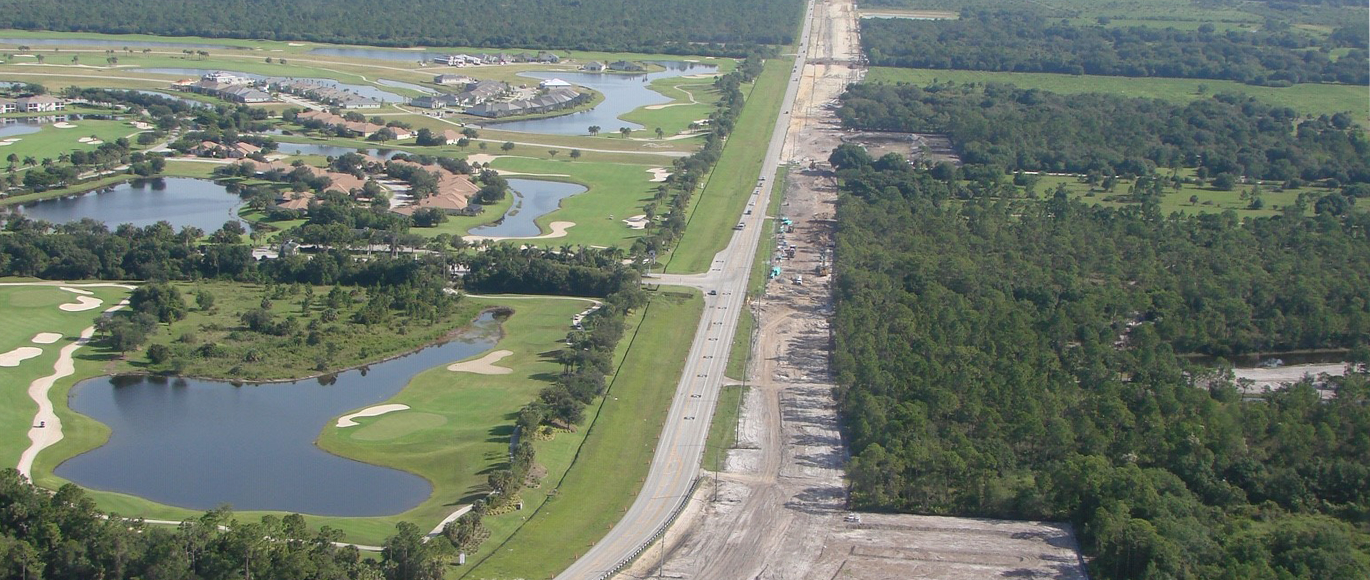
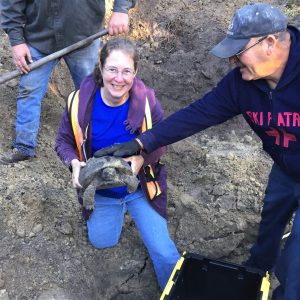 The gopher tortoise is a moderate-sized, terrestrial turtle, averaging 9–11 inches in length when fully grown, and is identifiable by its stumpy, elephantine hind feet and flattened, shovel-like forelimbs covered in thick scales. The Gopher Tortoise makes its home by burrowing into the ground and burrows average 15 feet long and 6.5 feet deep. Florida law provides protections for “threatened species” designated by the Florida Fish and
The gopher tortoise is a moderate-sized, terrestrial turtle, averaging 9–11 inches in length when fully grown, and is identifiable by its stumpy, elephantine hind feet and flattened, shovel-like forelimbs covered in thick scales. The Gopher Tortoise makes its home by burrowing into the ground and burrows average 15 feet long and 6.5 feet deep. Florida law provides protections for “threatened species” designated by the Florida Fish and 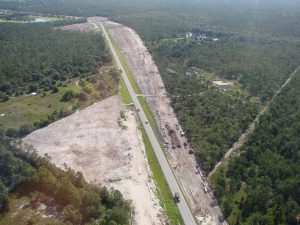 Wildlife Conservation Commission (FWC), and if these animals are found on potential building sites, they must be identified, and then removed and relocated out of harm’s way. Both the tortoise and its burrow are protected under Florida state law. Gopher tortoises must be relocated before any land clearing or development takes place, and property owners must obtain permits from the FWC before capturing and relocating tortoises.
Wildlife Conservation Commission (FWC), and if these animals are found on potential building sites, they must be identified, and then removed and relocated out of harm’s way. Both the tortoise and its burrow are protected under Florida state law. Gopher tortoises must be relocated before any land clearing or development takes place, and property owners must obtain permits from the FWC before capturing and relocating tortoises.
An FWC Authorized Gopher Tortoise Agent must be utilized to obtain these permits. Betsie Hiatt, Senior Environmental Manager, and Cathy Olson, Environmental Scientist, both working out of our Cape Coral, FL office are both certified by the FWC. Betsie and Cathy provided services to Wright Construction Group on an approximately 180 acres/4-mile-long roadway widening project in Charlotte County, FL, which included nine pond sites. The increased capacity of the roadway is not only important for general safety but also crucial for hurricane evacuation. Most of the project was in native upland habitats where the gopher tortoise is found which required 100% coverage protected species surveys, FWC permitting, burrow excavations and tortoise relocations prior to any construction beginning within the project area.
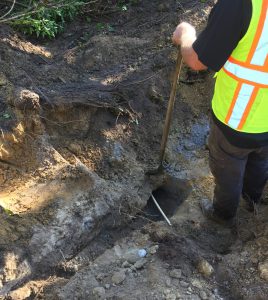 To begin, our team conducted parallel transects by foot over approximately 146 acres over 11 days to determine if there were any tortoise burrows that would need to be excavated for the removal of tortoises. A total of 90 potentially occupied burrows were located by GPS within the project limits. All potentially occupied burrows must be permitted for excavation and relocation. Once the permit application was submitted and prior to issuance, three staff members with the FWC met with Pennoni to conduct on-site field verifications of the survey results, and no additional burrows were found. This resulted in no delays to the permit process and kept the project timeframes on schedule.
To begin, our team conducted parallel transects by foot over approximately 146 acres over 11 days to determine if there were any tortoise burrows that would need to be excavated for the removal of tortoises. A total of 90 potentially occupied burrows were located by GPS within the project limits. All potentially occupied burrows must be permitted for excavation and relocation. Once the permit application was submitted and prior to issuance, three staff members with the FWC met with Pennoni to conduct on-site field verifications of the survey results, and no additional burrows were found. This resulted in no delays to the permit process and kept the project timeframes on schedule.
All 90 burrows were excavated with the help of a backhoe operator to clear surface vegetation before field assistants used shovels to dig within the burrows.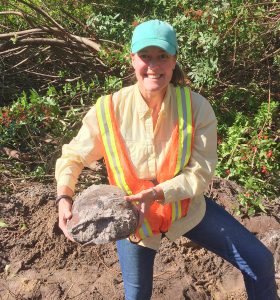 Over a seven-day period, 13 females, 8 males, and 5 sub-adult tortoises were successfully relocated to Longino Ranch, an FWC permitted conservation site.
Over a seven-day period, 13 females, 8 males, and 5 sub-adult tortoises were successfully relocated to Longino Ranch, an FWC permitted conservation site.
Construction of the project is now well underway and we’re very proud to have been involved with one of the first very important steps required to conserve our natural resources!
For more information on this project, contact Betsie Hiatt at bhiatt@pennoni.com.